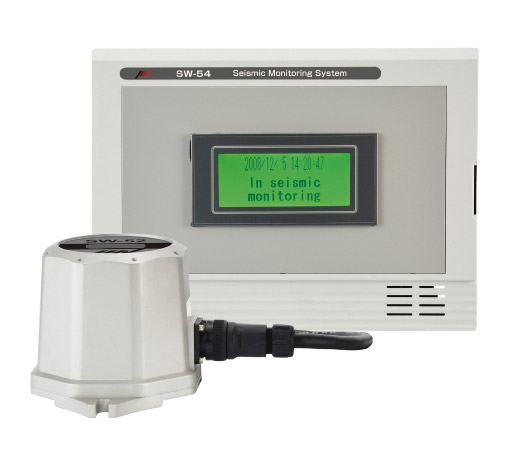
Image Source: Google
Earthquakes are natural disasters that can strike without warning, causing widespread destruction and loss of life. Over the years, advances in technology have significantly improved our ability to monitor and detect earthquakes, allowing for better preparedness and quicker response times. In this article, we will explore the evolution of earthquake monitoring systems and the innovations that have revolutionized the way we detect seismic activity.
The Early Days of Earthquake Detection
Earthquake monitoring system detection has come a long way since its humble beginnings. In the past, monitoring seismic activity relied on rudimentary tools such as seismometers and human observation. While these methods provided some basic information, they were limited in scope and often failed to accurately predict or detect earthquakes in a timely manner.
Key points about the early days of earthquake detection:
- Seismometers were the primary tool used to detect earthquakes.
- Human observation played a crucial role in early earthquake detection.
- Early detection methods were limited in scope and accuracy.
The Evolution of Monitoring Systems
Advancements in technology have revolutionized the way we monitor and detect earthquakes. Today, a network of sophisticated monitoring systems is in place to track seismic activity in real-time, providing valuable data to scientists and emergency response teams. These systems utilize a combination of sensors, satellites, and advanced algorithms to detect earthquakes and assess their magnitude and impact.
Key innovations in earthquake monitoring systems:
- Integration of GPS technology for precise location tracking.
- Development of early warning systems to alert people before an earthquake strikes.
- Utilization of artificial intelligence for data analysis and pattern recognition.
- Enhanced communication networks for rapid dissemination of information.
The Role of Satellite Technology
Satellites have played a crucial role in revolutionizing earthquake detection. By orbiting the Earth and capturing data from space, satellites can provide valuable information about seismic activity and changes in the Earth's crust. Satellite technology enables scientists to monitor fault lines, track ground movement, and assess the risk of potential earthquakes in vulnerable regions.
Benefits of satellite technology in earthquake detection:
- Global coverage for monitoring seismic activity worldwide.
- Ability to track ground deformation and strain accumulation.
- Early detection of earthquakes in remote or inaccessible areas.
- Integration with ground-based monitoring systems for comprehensive data analysis.
The Future of Earthquake Detection
As technology continues to advance, the future of earthquake detection looks promising. Scientists are exploring new innovations and cutting-edge technologies to enhance our ability to monitor and predict seismic activity. From the development of AI-powered prediction models to the use of drone technology for rapid response, the possibilities for improving earthquake detection are endless.
Emerging trends in earthquake detection:
- Integration of Internet of Things (IoT) devices for real-time data collection.
- Expansion of sensor networks to improve monitoring capabilities.
- Development of predictive analytics to forecast earthquake patterns.
- Implementation of blockchain technology for secure data sharing and collaboration.
Conclusion
The evolution of earthquake detection has been fueled by continuous innovation and advancements in technology. From the early days of seismometers to the era of satellite technology and artificial intelligence, monitoring systems have come a long way in improving our understanding of seismic activity. With ongoing research and development, we can expect even greater improvements in earthquake detection in the years to come, enhancing our ability to mitigate the impact of these natural disasters.
